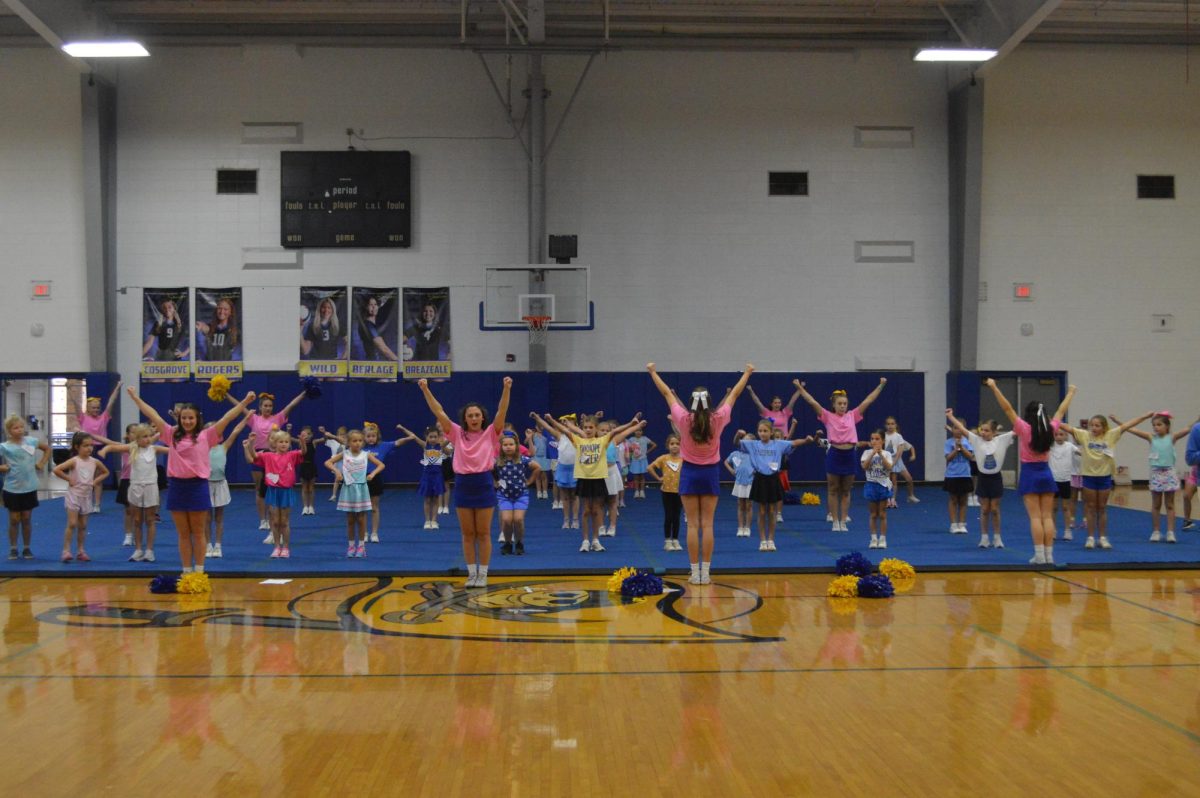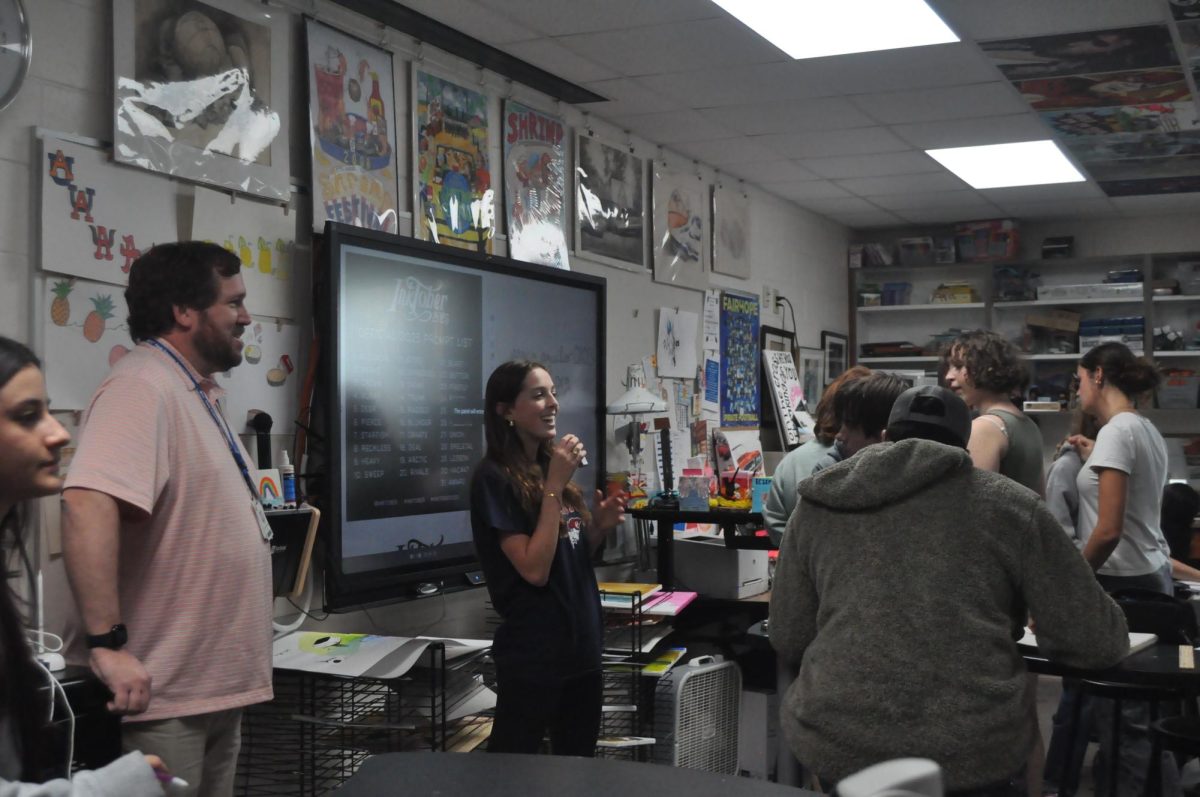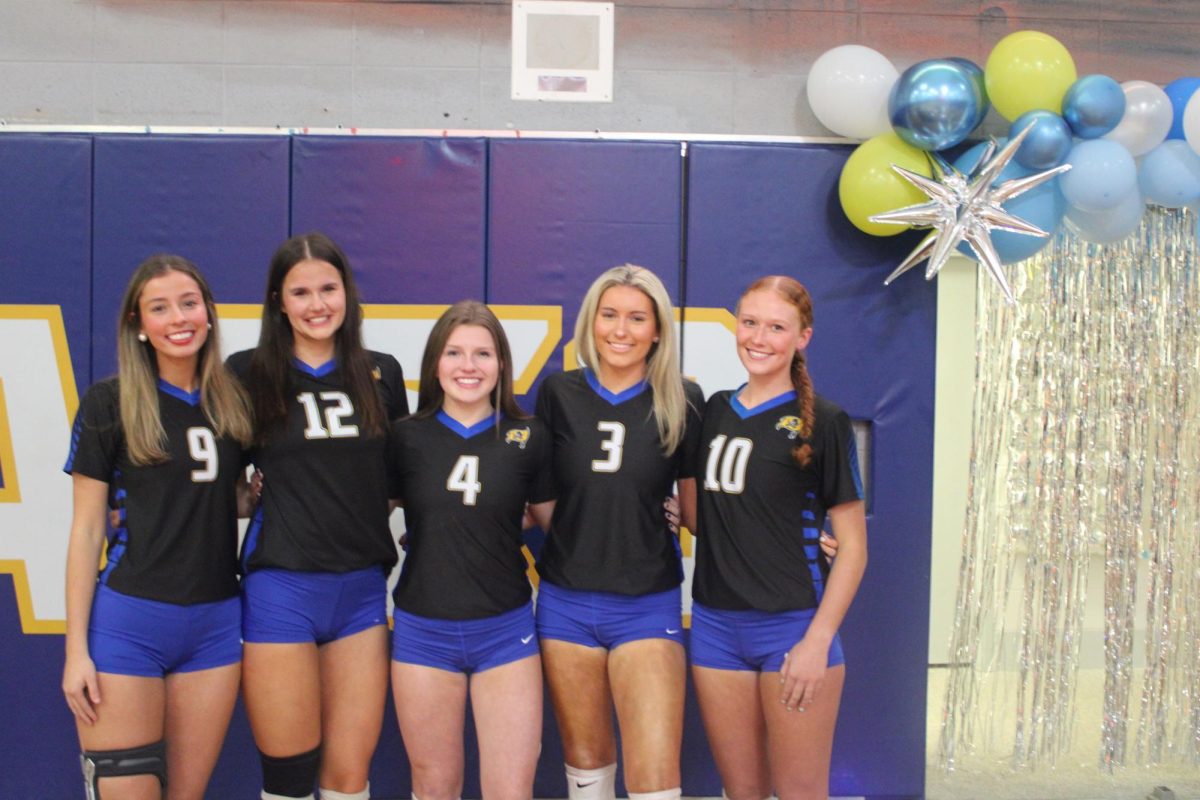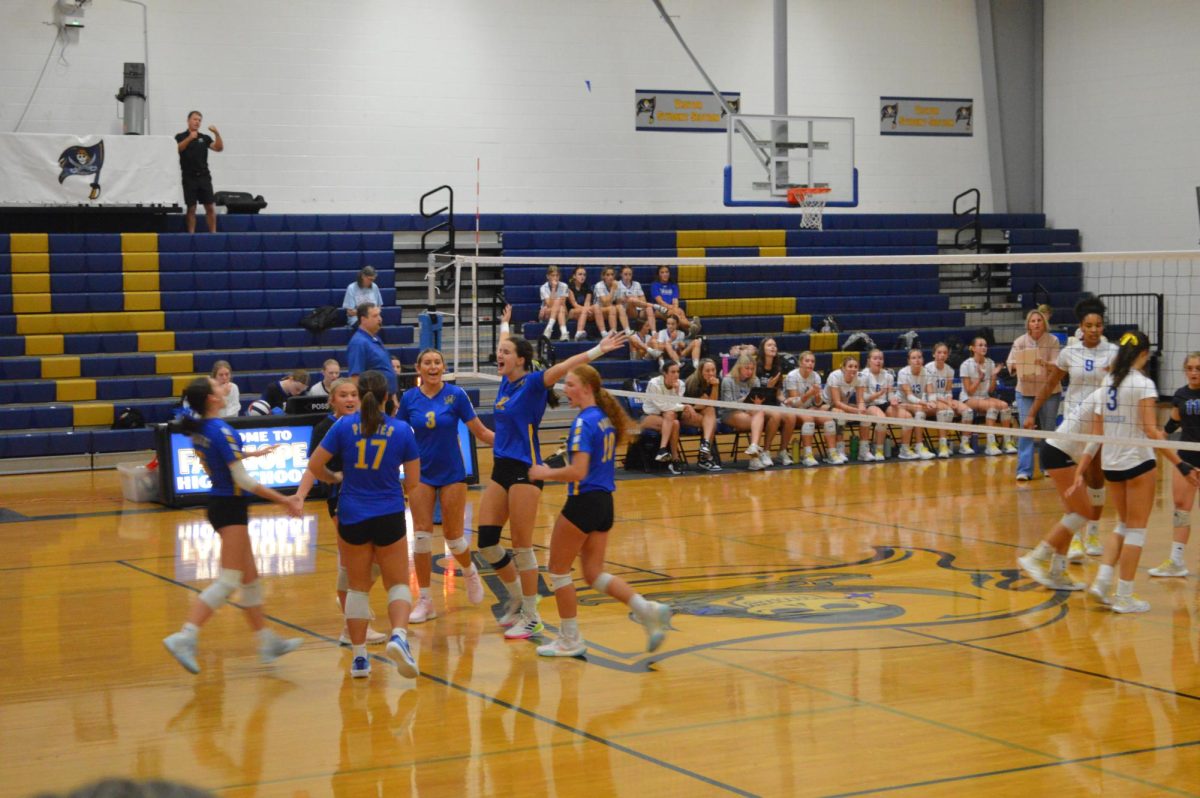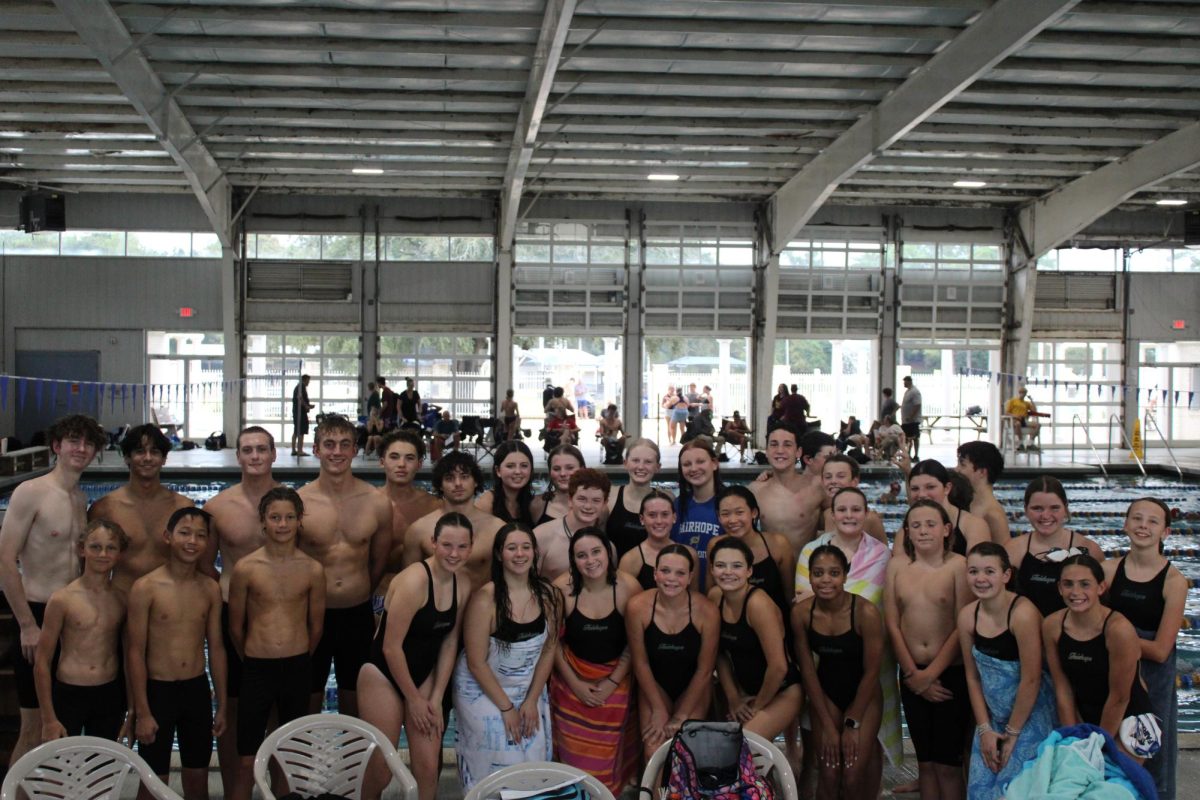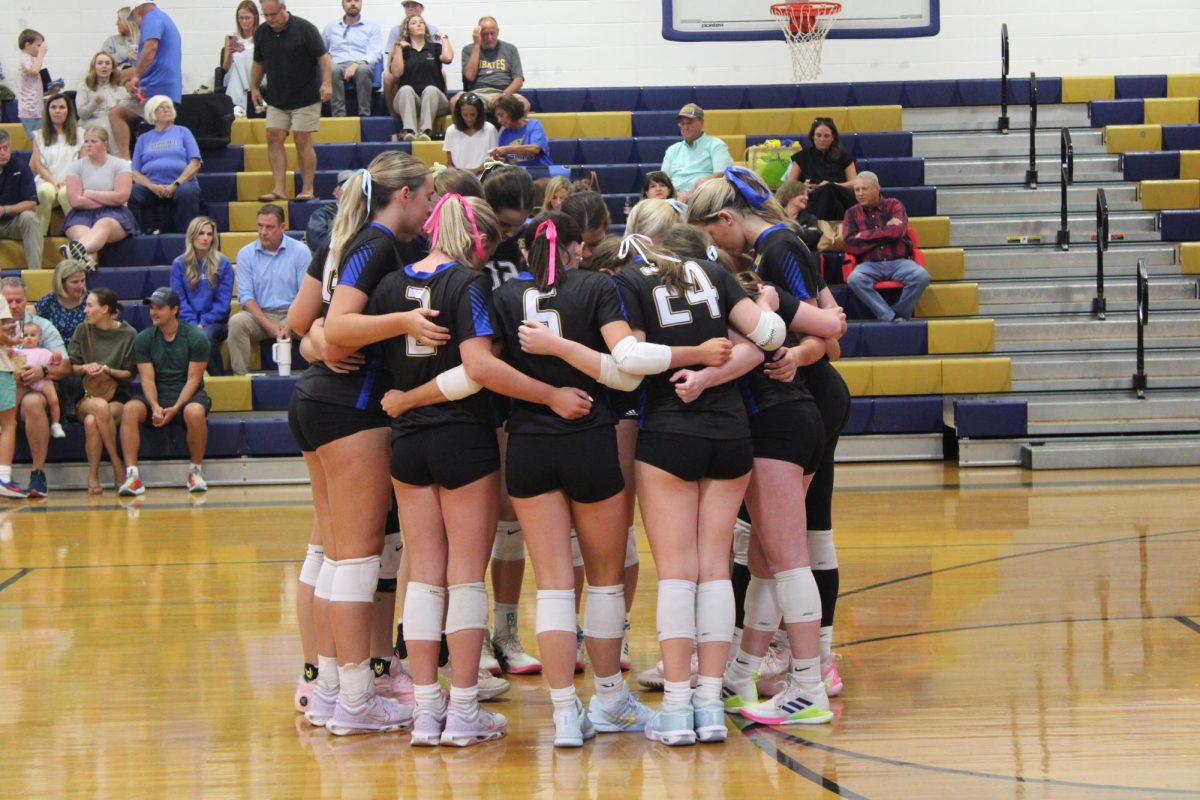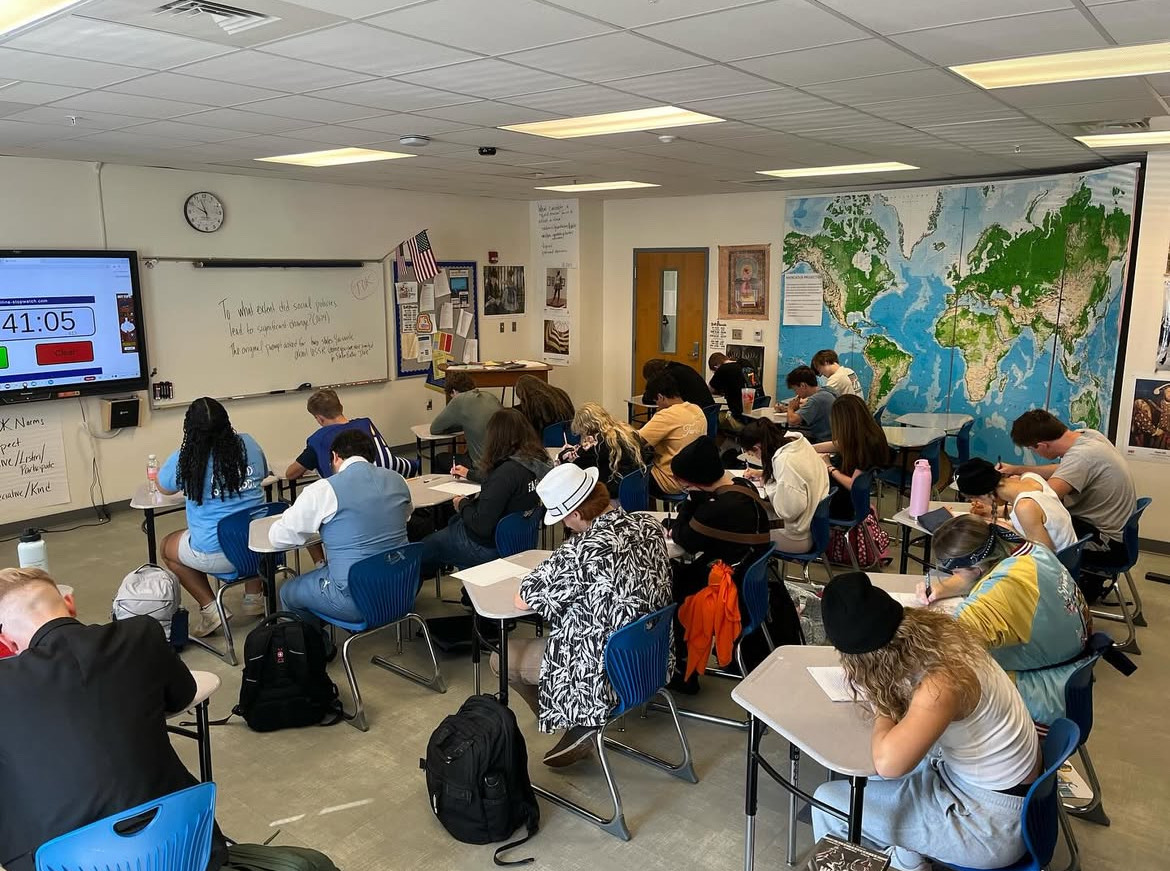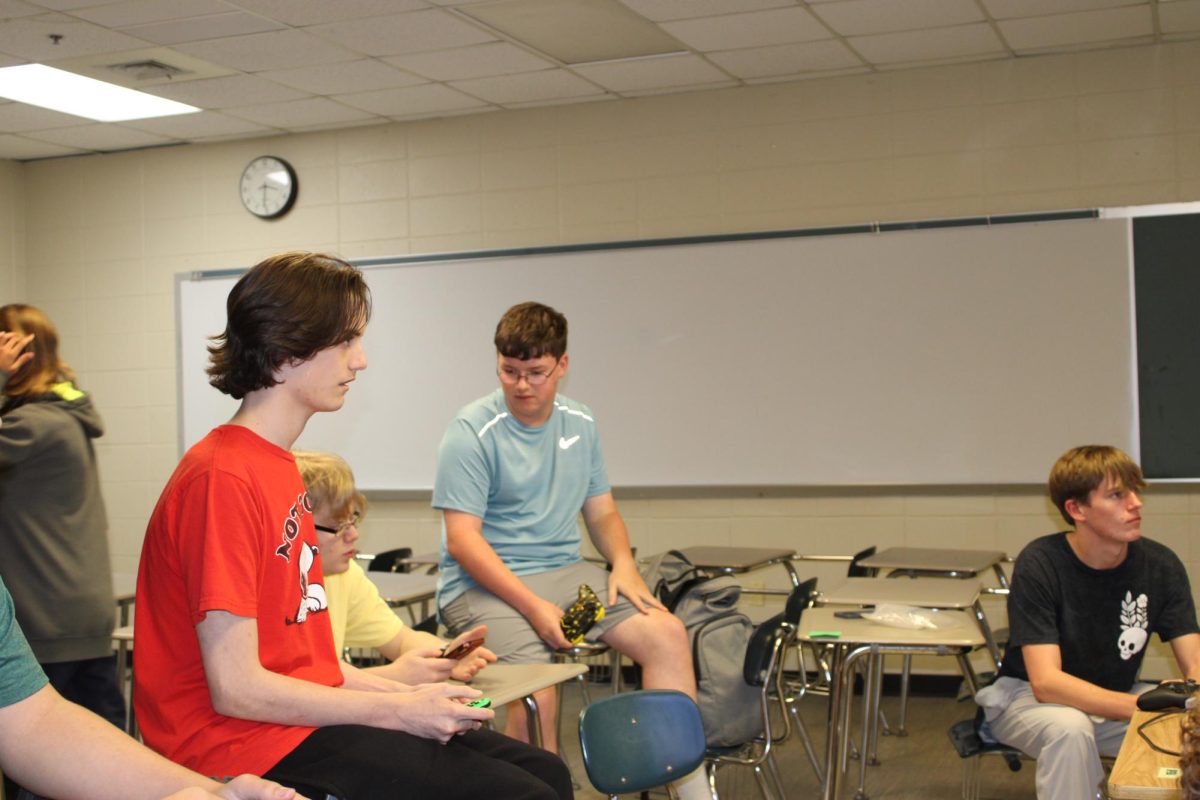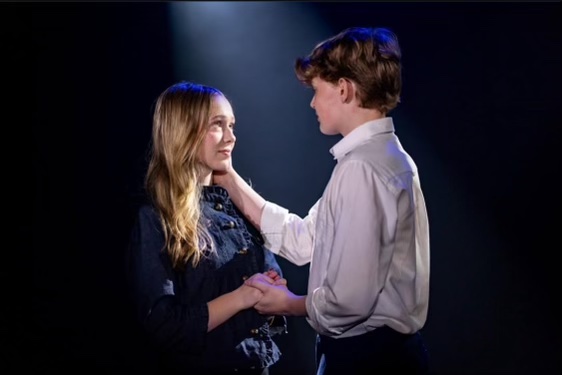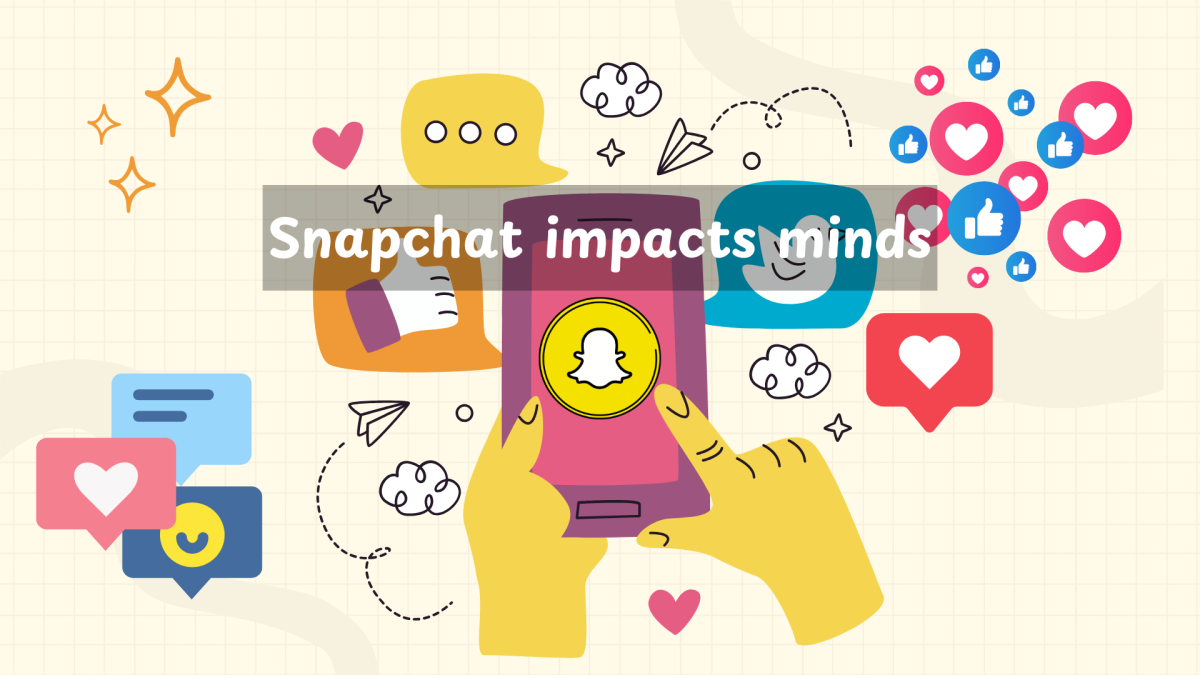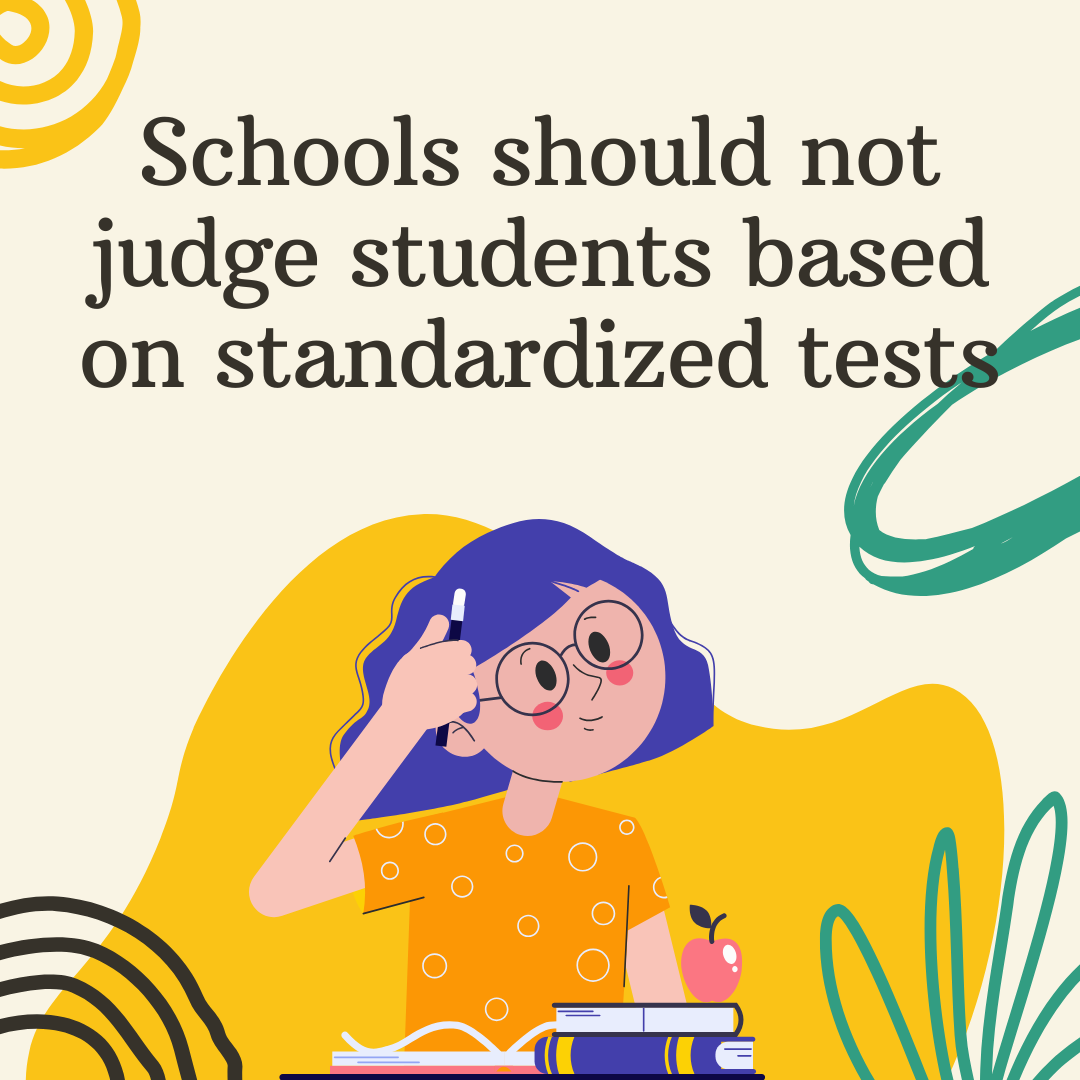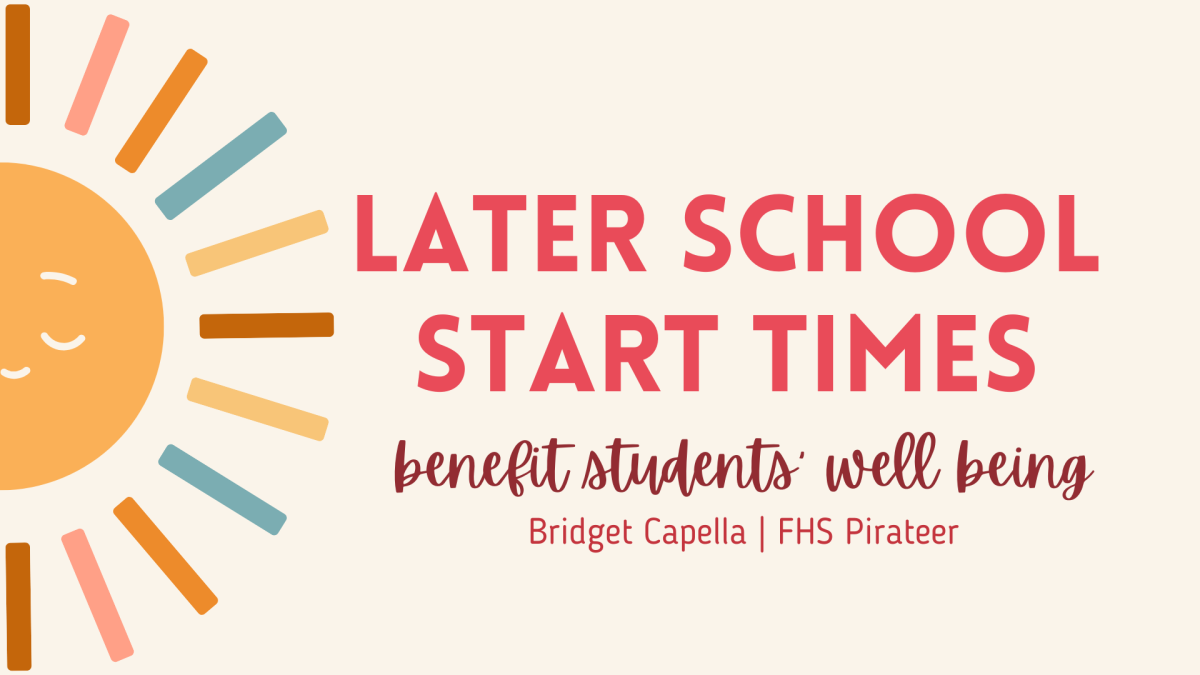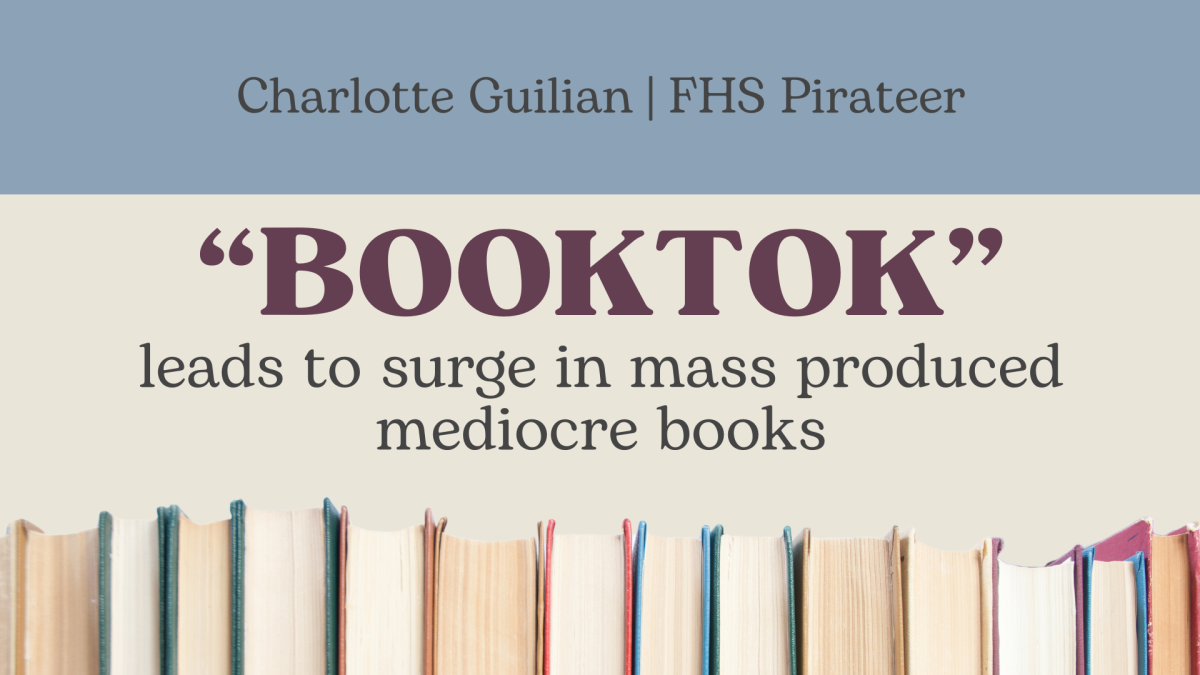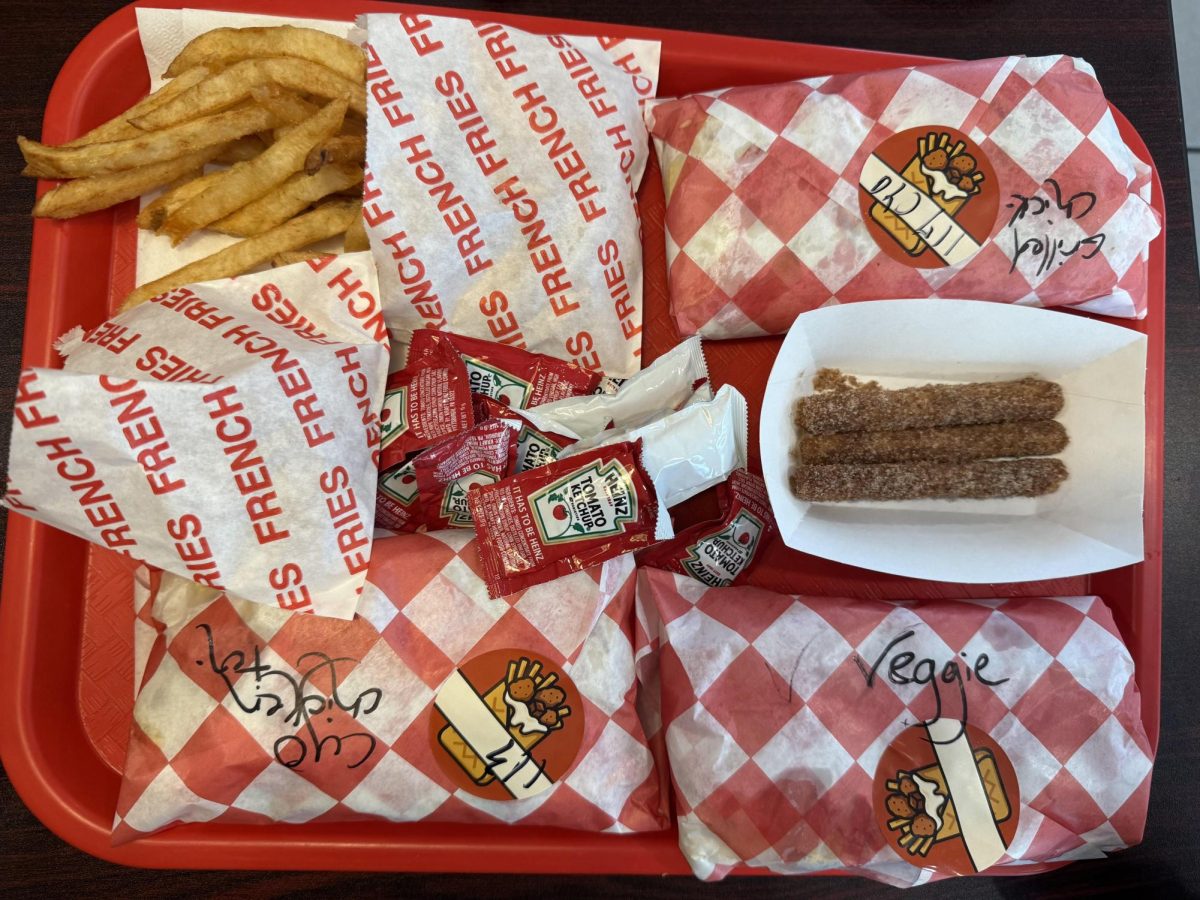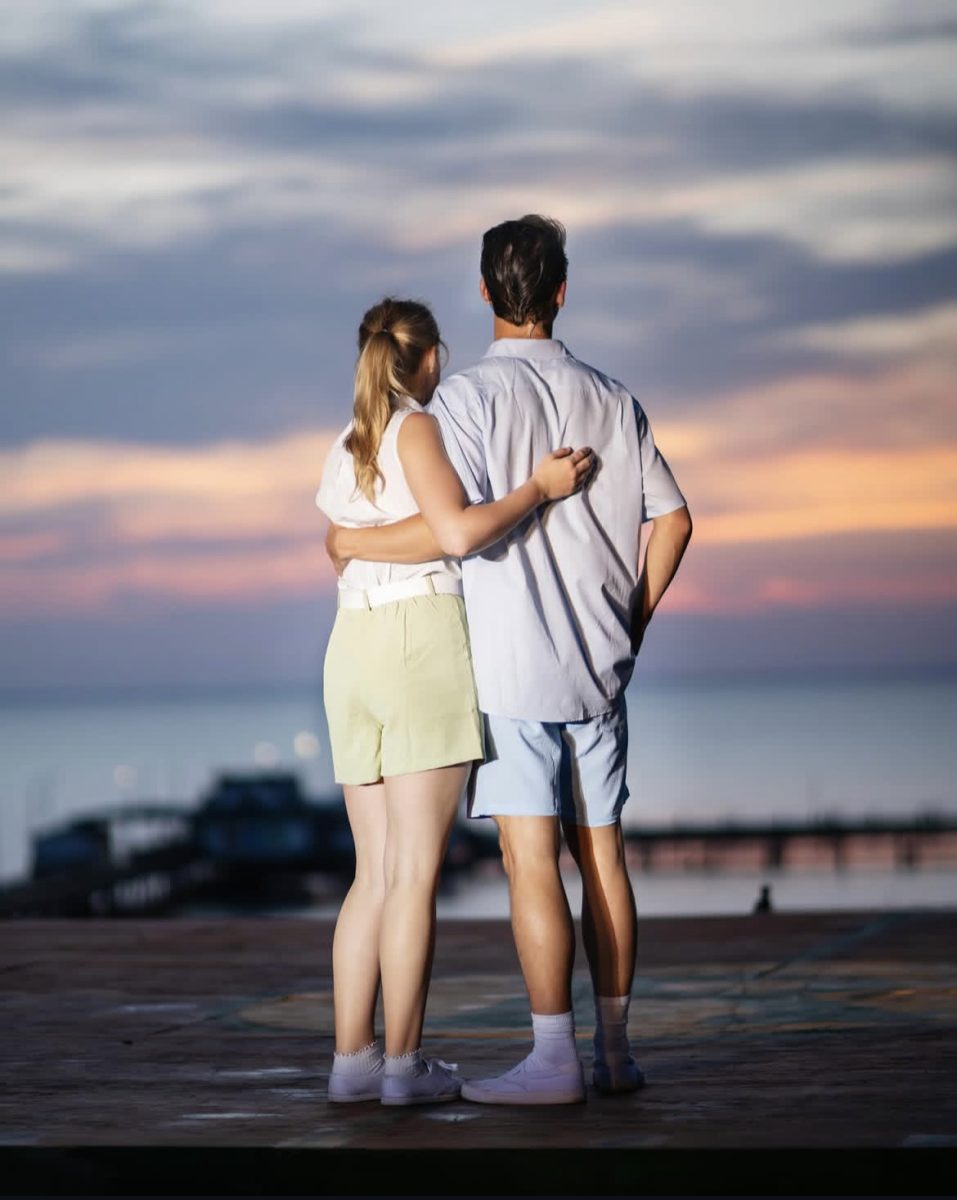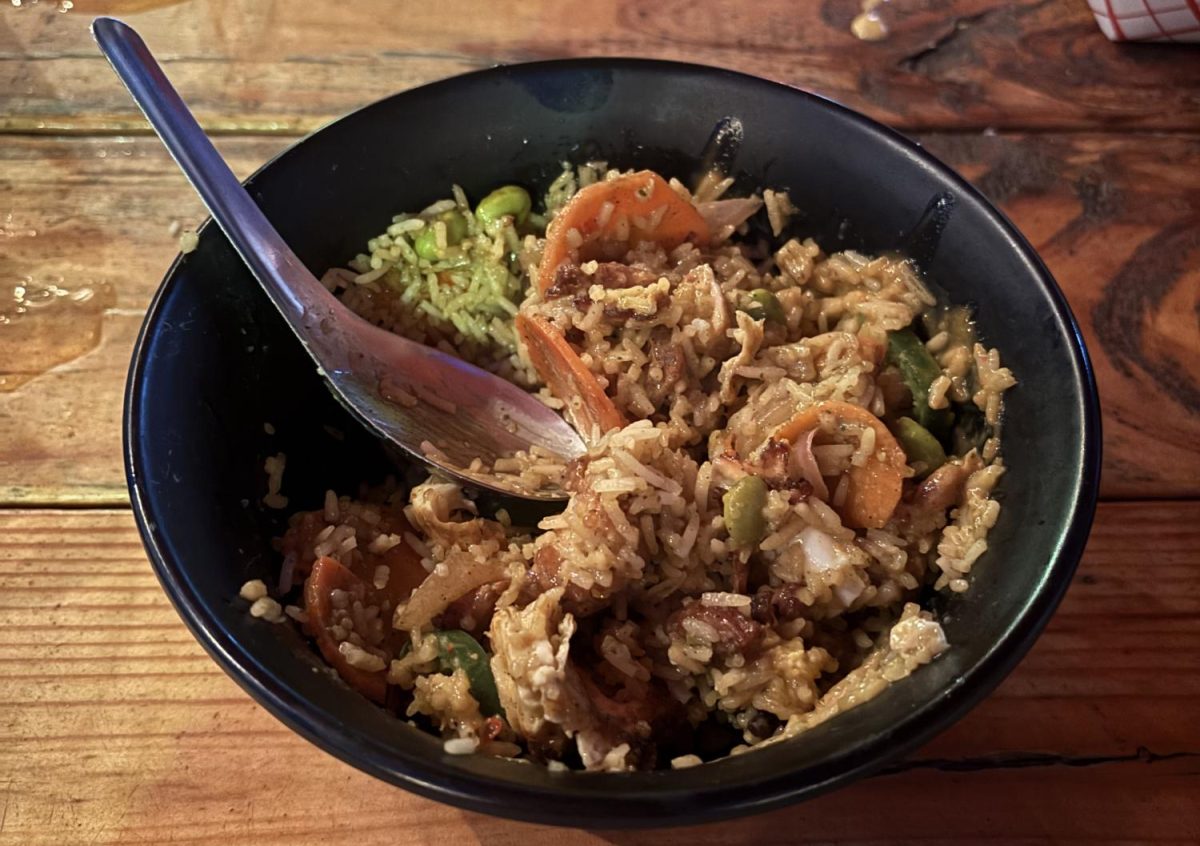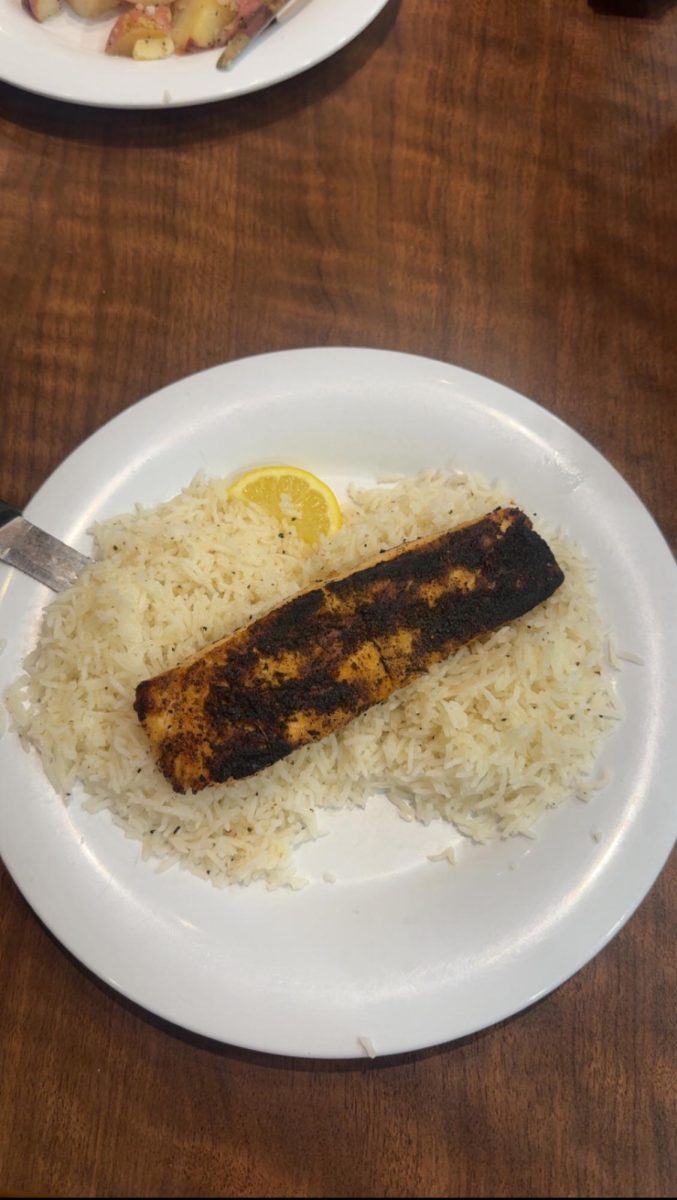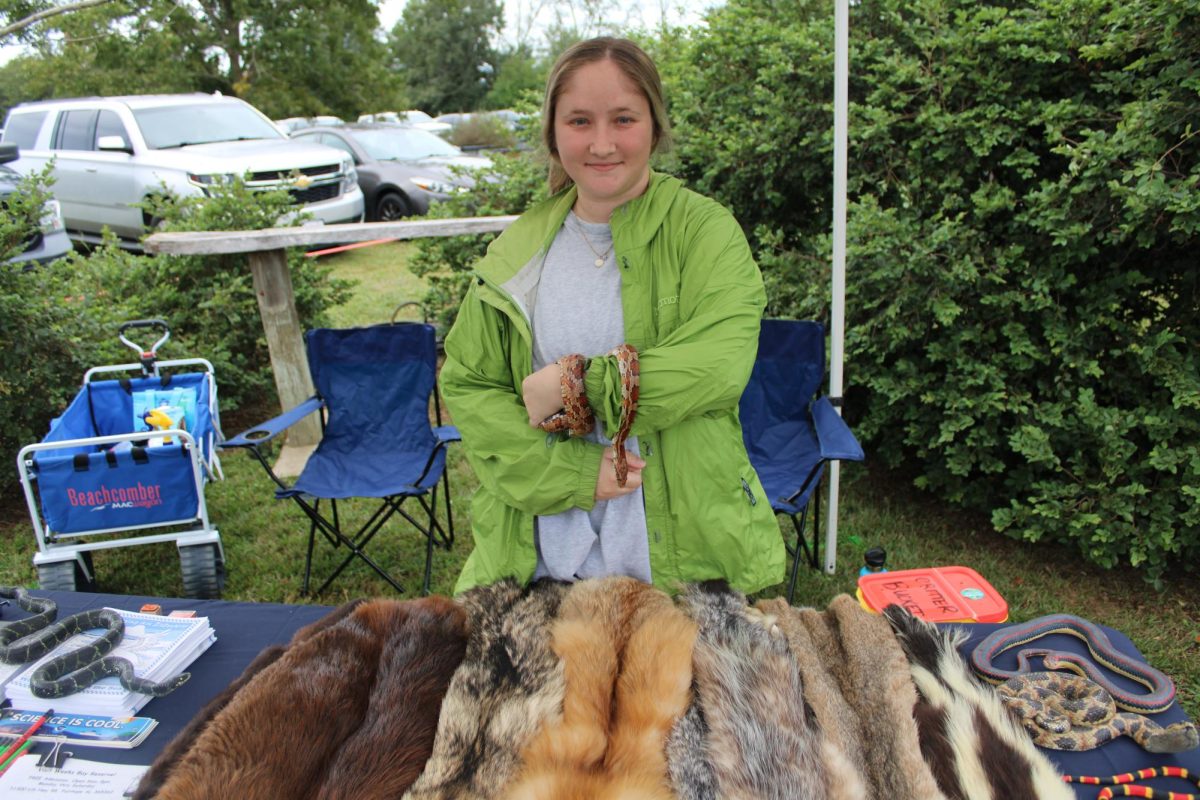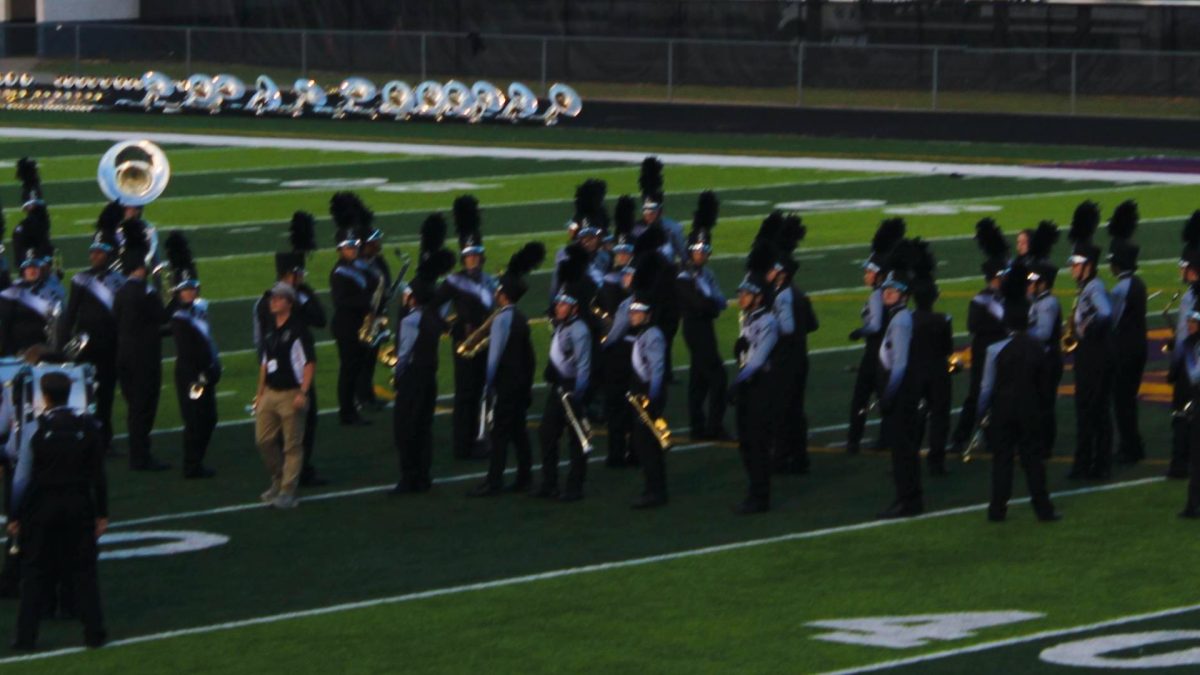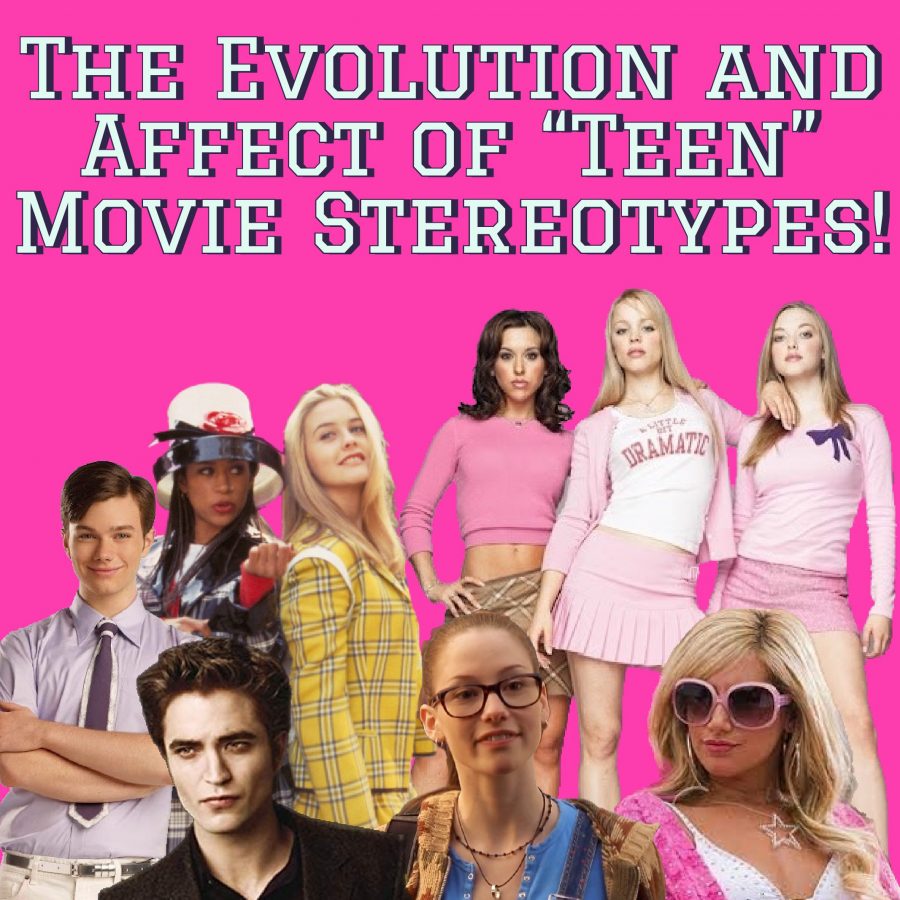The Evolution and Affect of “Teen” Movie Stereotypes!
September 3, 2021
The rise of the “teen” movie began in the early 1980s. With movies such as Ferris Bueller’s Day Off and The Breakfast Club paving way for a new type of media. Horror movies, romantic comedies, musicals, and so many more began focusing on the trials and tribulations of adolescents and teenagers as the main focus of the story. While these stories are still cult classics with a strong audience of new and older fans, the stories still house a large number of harmful stereotypes that bleed into modern-day hardships.
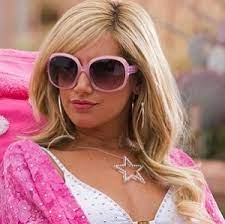
The “mean” girl is possibly the most common teen movie stereotype. While it holds some semblance of truth, it is layered with internalized misogyny. The overt demonization of hyper-femininity is so prominent in teen movies that it has become elementary in any type of media. High School Musical, the most popular and viewed Disney Channel film of all time, has as its main villain, Sharpey Evans. Sharpey is possibly the most obvious example of the demonization of feminity in films. She’s a pretty blonde who dresses like a Barbie doll and acts like a spoiled “brat” with little to no development. This is directly contrasted with the film’s main female lead, Gabriella Montez, a girl who is noted to be “not like other girls.” The “mean” girl trope has become so common in modern media that most teen girls in the real world have gone through phases where they attempt to reject femininity. This is known as the “not like other girls” phase. Personally, I do not know a single girl my age who has not gone through a phase like this. It is not society forcing these stigmas of hyper-femininity being “mean,” it’s the films, music, and books we all read teaching us that acting feminine is inherently “snobbish.” If a girl does not want to dress femininely, that is okay. But the way you dress versus how another girl dress does not make you superior to her. As women, we must find ways to embrace both feminine and boyish fashion. Fashion has no gender, fashion has no personality.
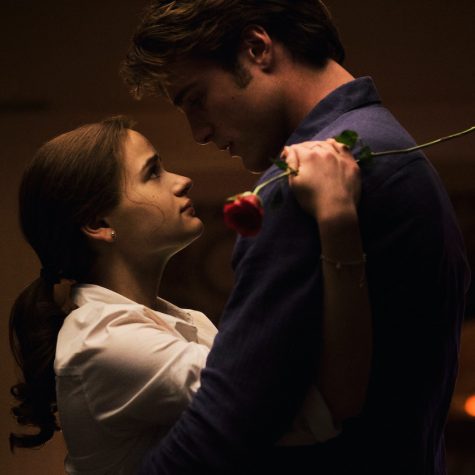
Finally, the highly overused, borderline abusive: “Bad Boy.” The “Bad Boy” is probably the most common trope in modern and past teen media. The idea of this mysterious, damaged man who is miraculously healed of his trauma and abusive behavior by a boring, default main female character. Not only is it immensely overrated, but it is also immensely harmful to a young teen audience. For example, Noah from the Netflix film The Kissing Booth is an abusive person. He yells at the main character, Elle, to get in his car and slams his hand on the car, making her flinch! He gets into 4 different fights within the film! Before they were even dating, he told every single guy in the school to not make a move on her, even though they were not even a couple! After Elle gets a cut, Noah is stitching her
up. However, when his brother, Lee, walks in, Lee immediately gets angry because he thinks that Noah hit Elle!
The “Bad Boy” trope is guided by one rule. The “Bad Boy” must change by the end of the story. He must be changed by his love interest. This rule is so disgustingly abusive. If you look at the evidence, abused partners are more likely to stay with their abuser because they believe the abuser can be changed. “If you just give them enough love, they’ll love me to write? If I just put up with it, it will get better, right?” No. If you are in a relationship that you believe is emotionally or physically abusive, seek help (1800-799-SAFE).
If you love any of these movies or shows, that is perfectly fine. Just do not let any of these stereotypes affect your perception of certain minorities or dangerous circumstances.



